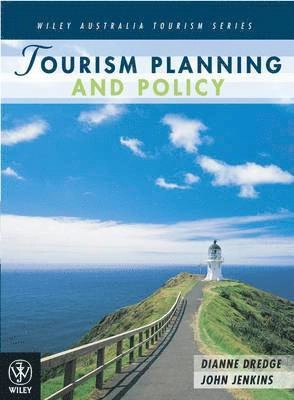Informed tourism policies and plans require a critical appreciation of the historically complex and dynamic contexts in which public policy is developed and implemented, and of the impacts of public policy. The principle aim of Tourism Planning and Policy is to raise students\' and practitioners\' knowledge of tourism planning and policy-making and help develop their skills in analysing policy and planning processes and outcomes in diverse settings. A second aim of the book is to give practical insights and understandings that students will be able to apply in a range of careers in the private sector or the public service. This text forms a valuable addition to the Wiley Australia Tourism Series. FEATURES * Excellent coverage of topics including chapters on trends, perspectives and practice, Indigenous tourism, local tourism, and protected areas.* Case studies conclude each chapter to illustrate the application of concepts, theories, models, principles and processes. * A wealth of end of chapter material including key terms, questions and exercises to enhance scholarly review of the content of each chapter. * Two practical features in each chapter illustrate and reinforce chapter content: * Planning in Practice: presents how a tourism issue has been implemented and/or managed. Topics include public interest in Wilson\'s Promontory National Park, regional amalgamations in Western Australia, the managing dolphin feeding at Tin Can Bay, and the United Nations convention on the Law of the Sea.* Tourism Planning Breakthrough: presents an example of a cutting edge tourism plan or process. Topics include implementing the reef tax, the Tourism Impact Model, coral cay conservation, and Indigenous tourism in protected areas. (Bookdata)
Åtkomstkoder och digitalt tilläggsmaterial garanteras inte med begagnade böcker





















